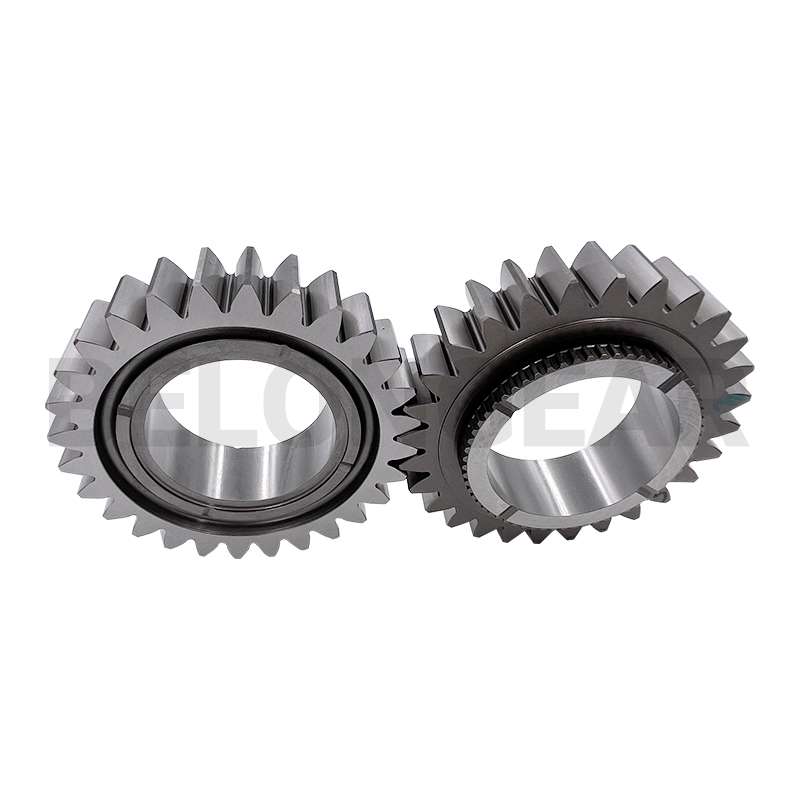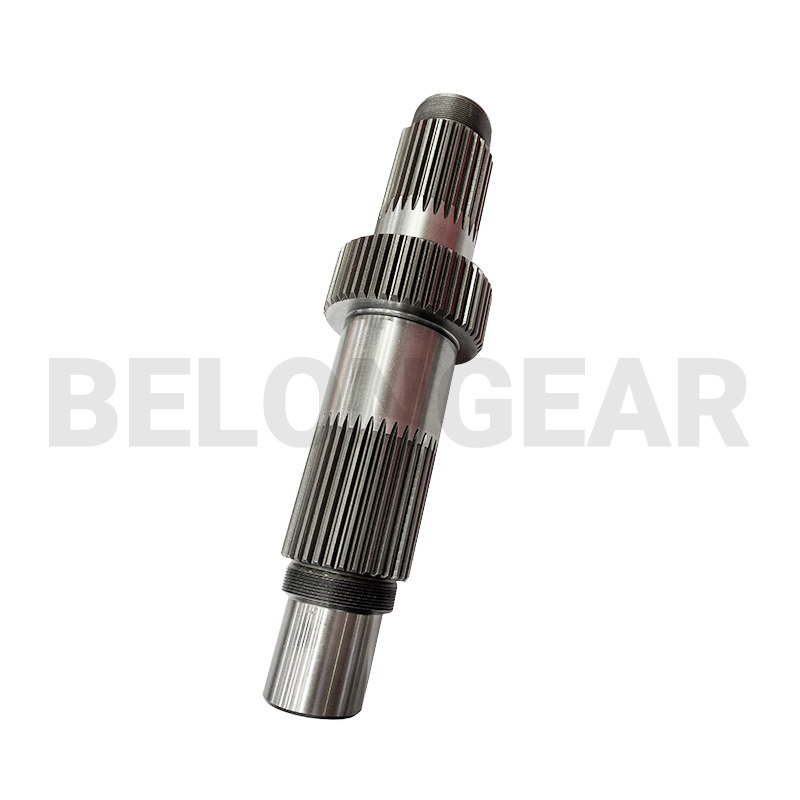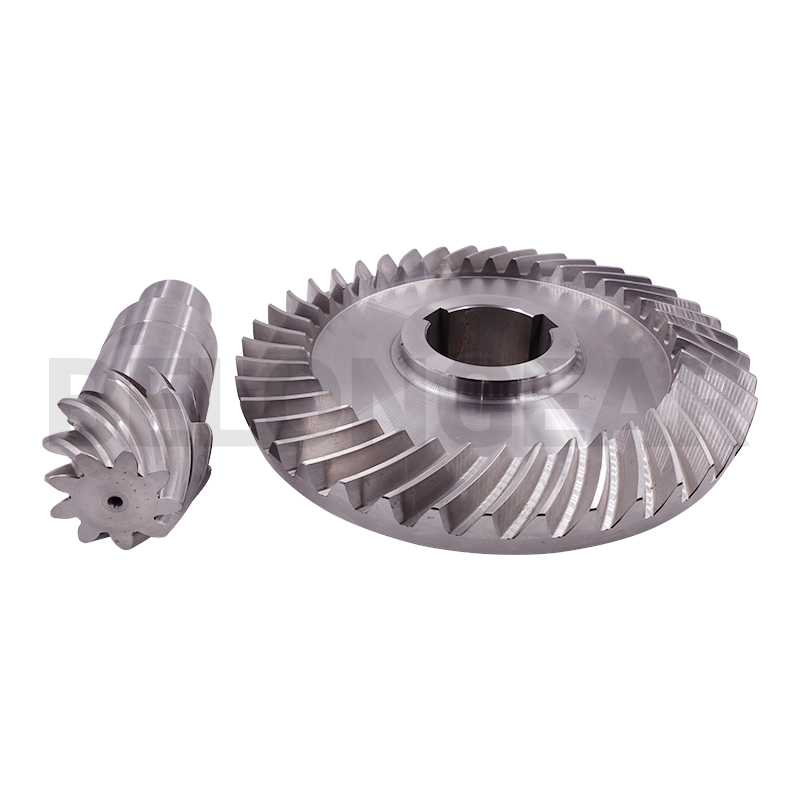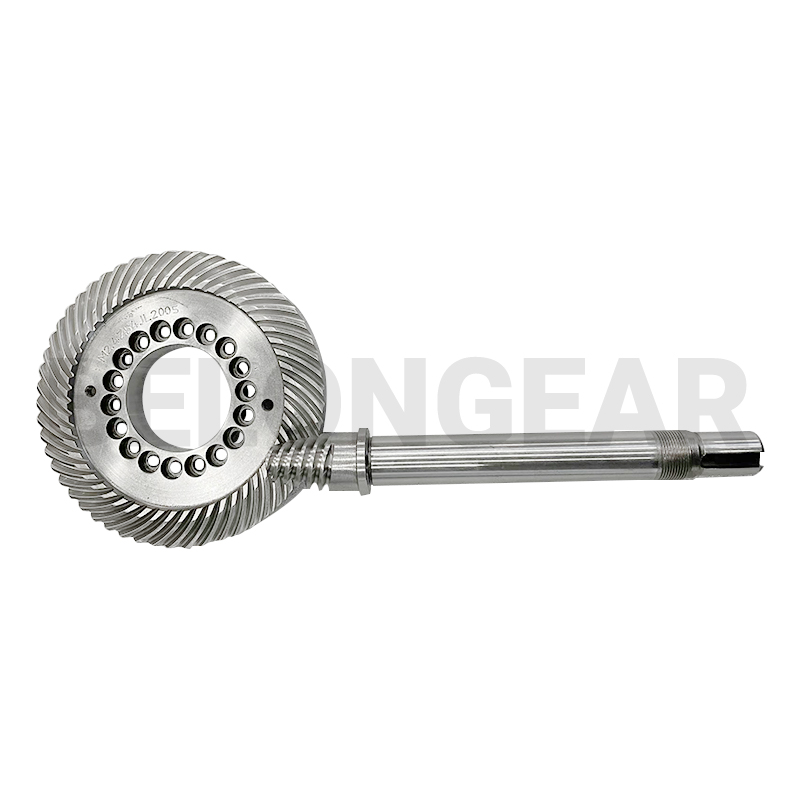Online Exporter Gear Spiral Bevel - Spiral Gear For High Precision Speed Reducer – Belon Detail:
The characteristics of spiral gears ?
Spiral bevel gears are divided into two types, one is a spiral bevel gear, whose large axle and small axle intersect; the other is a hypoid spiral bevel gear, with a certain offset distance between the large axle and the small axle. Spiral bevel gears are widely used in mechanical transmission fields such as automobiles, aviation, and mining due to their advantages such as large overlap coefficient, strong carrying capacity, large transmission ratio, smooth transmission, and low noise. Its characteristics are :
1. Straight bevel gear: The tooth line is a straight line, intersecting at the apex of the cone, shrinking the tooth.
2. Helical bevel gear: The tooth line is a straight line and is tangent to a point, shrinking the tooth.
3. Spiral bevel gears: retractable gears (also suitable for gears of equal height).
4. Cycloid spiral bevel gear: contour teeth.
5. Zero-degree spiral bevel gear: Double reduction teeth, βm=0, used to replace straight bevel gears, with better stability, but not as good as spiral bevel gears.
6. Cycloid-tooth zero-degree bevel gear: Contour teeth, βm=0, used to replace straight bevel gears, with better stability, but not as good as spiral bevel gears.
7. The tooth height types of spiral bevel gears are mainly divided into reduced teeth and equal height teeth. The reduced teeth include non-equal head clearance reduced teeth, equal head clearance reduced teeth and double reduced teeth.
8. Contour teeth: the teeth of the big end and the small end are of the same height, generally used for oscillating bevel gears.
9. Non-isotopic space shrinking teeth: the apexes of the sub-cone, the top cone and the root cone are coincident.
Manufacturing Plant

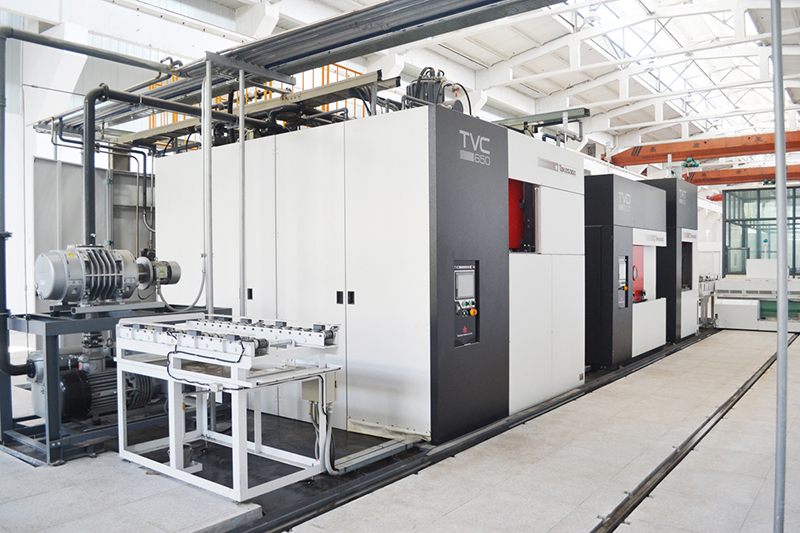
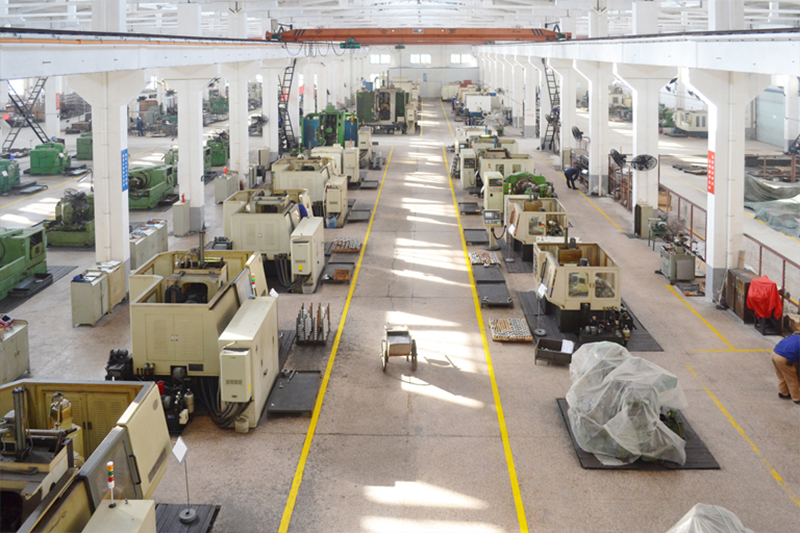
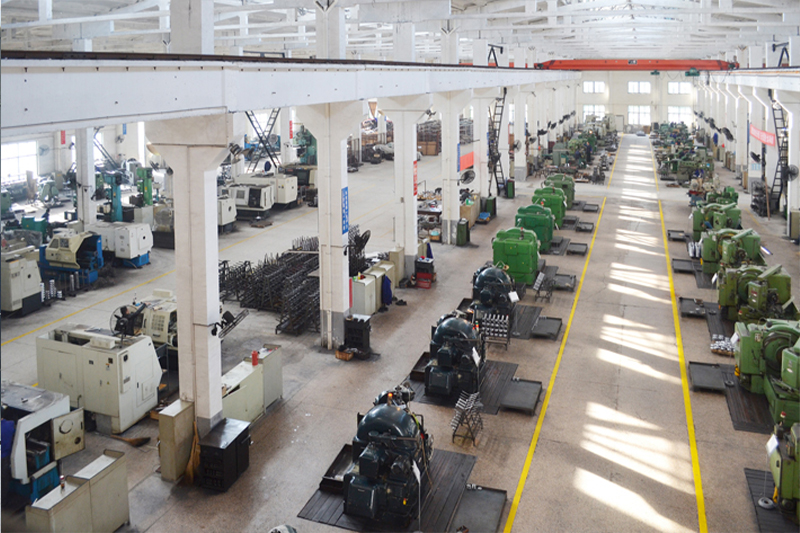
Production Process
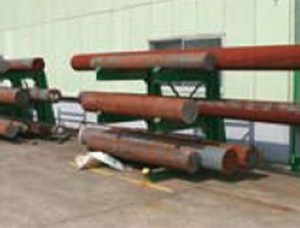
Raw Material
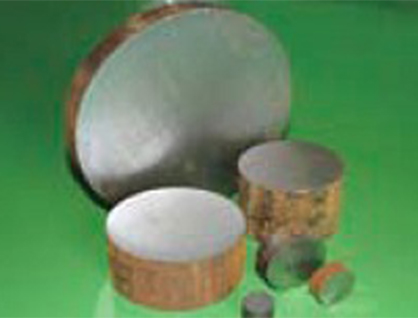
Rough Cutting
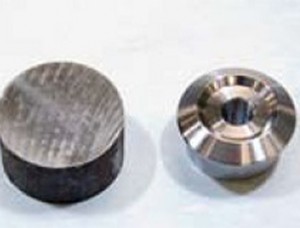
Turning
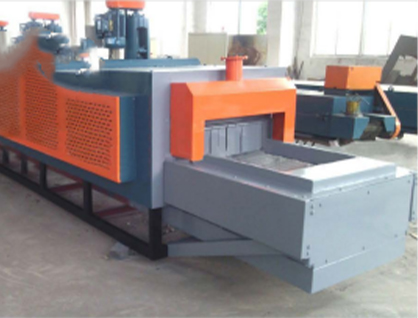
Quenching And Tempering
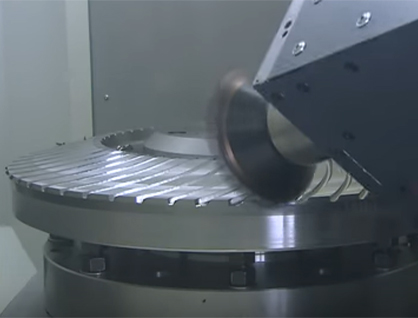
Gear Milling
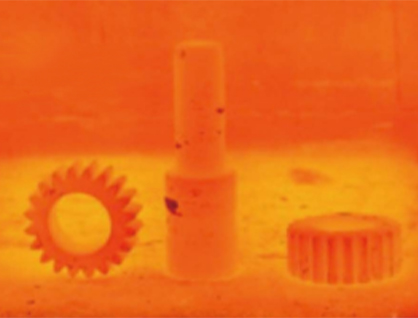
Heat Treat
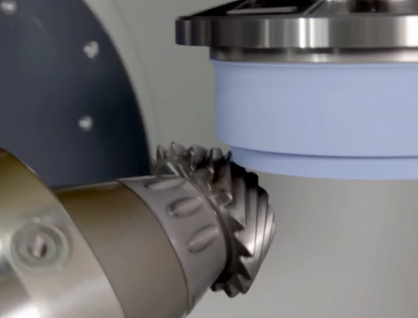
Gear Grinding

Testing
Inspection
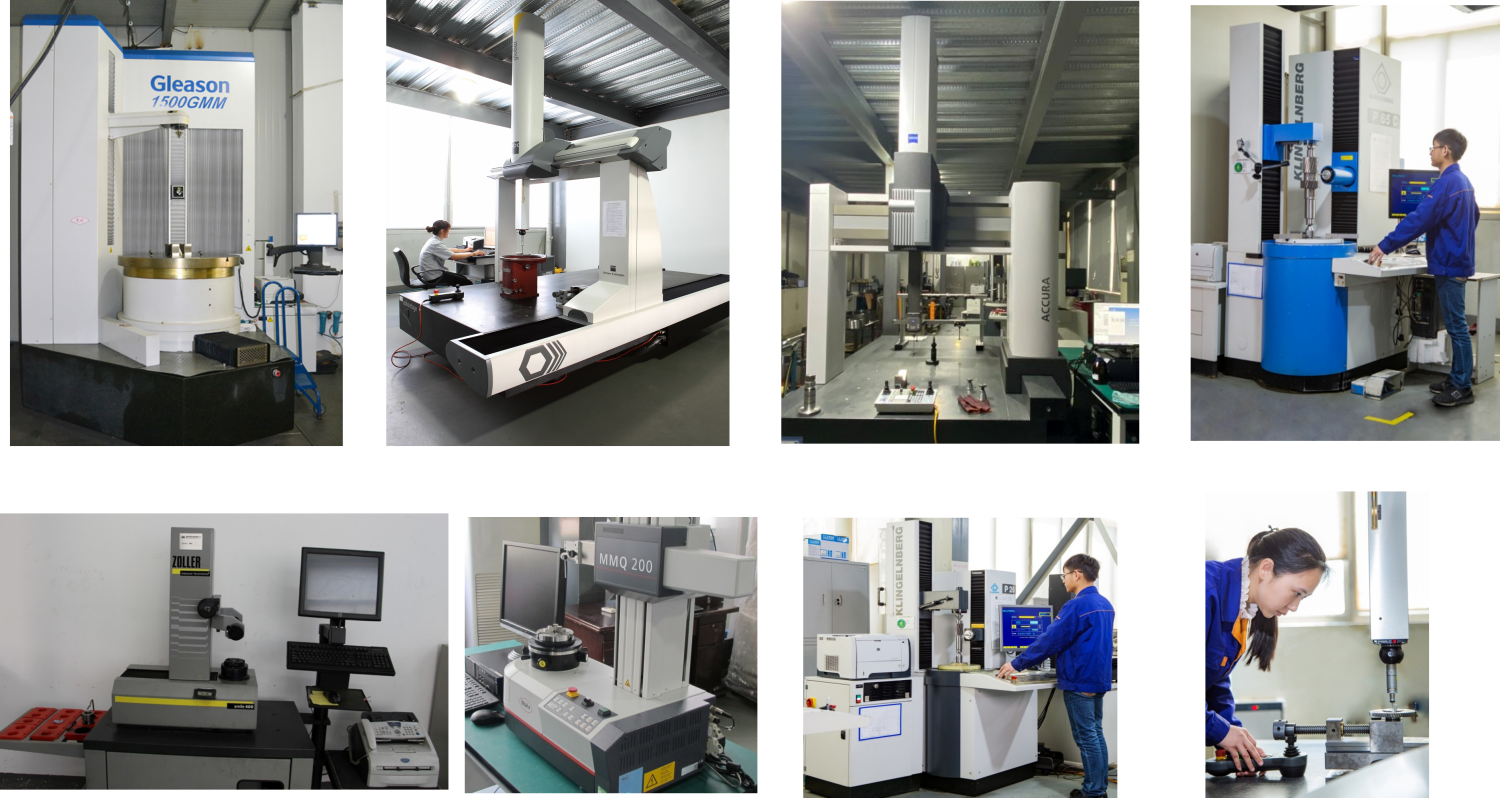
Reports
We will provide compete quality reports to customers before every shipping like dimension report ,material cert ,heat treat report ,accuracy report and other customer’s required quality files .
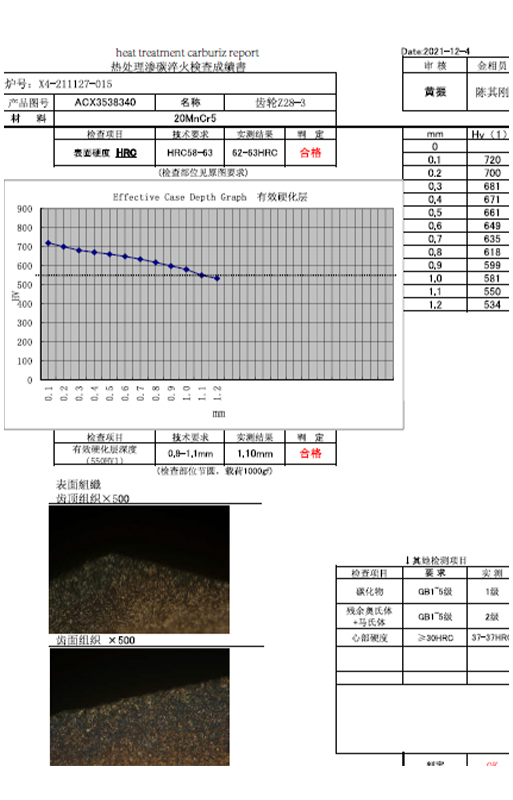
Heat Treat report
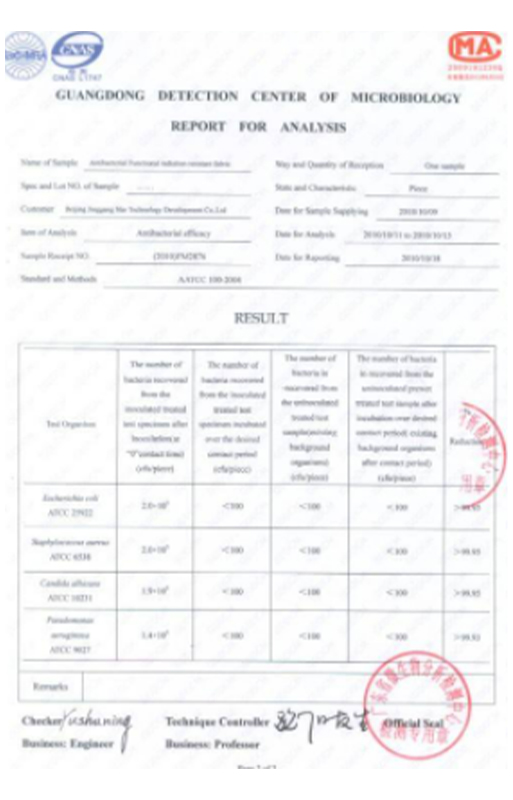
Flaw Detection report
Packages

Inner Package
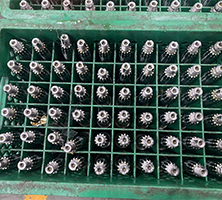
Inner Package
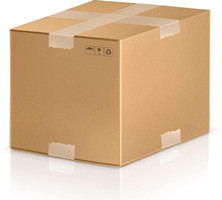
Carton
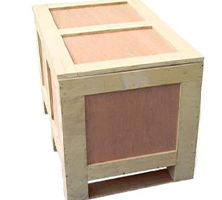
Wooden Package
Our video show
Lapping Bevel Gear Or Grinding Bevel Gears
Spiral Bevel Gears
Bevel Gear Lapping Vs Bevel Gear Grinding
Bevel Gear Broaching
Spiral Bevel Gear Milling
Industrial Robot Spiral Bevel Gear Milling Method
Product detail pictures:


Related Product Guide:
We offer fantastic energy in high quality and enhancement,merchandising,profits and promoting and procedure for Online Exporter Gear Spiral Bevel - Spiral Gear For High Precision Speed Reducer – Belon , The product will supply to all over the world, such as: Japan, Stuttgart, Finland, We mainly sell in wholesale, with the most popular and easy ways of making payment, which are paying via Money Gram, Western Union, Bank Transfer and Paypal. For any further talk, just feel free to contact our salesmen, who are really good and knowledgeable about our prodcuts.
The company keeps to the operation concept "scientific management, high quality and efficiency primacy, customer supreme", we have always maintained business cooperation. Work with you,we feel easy!





